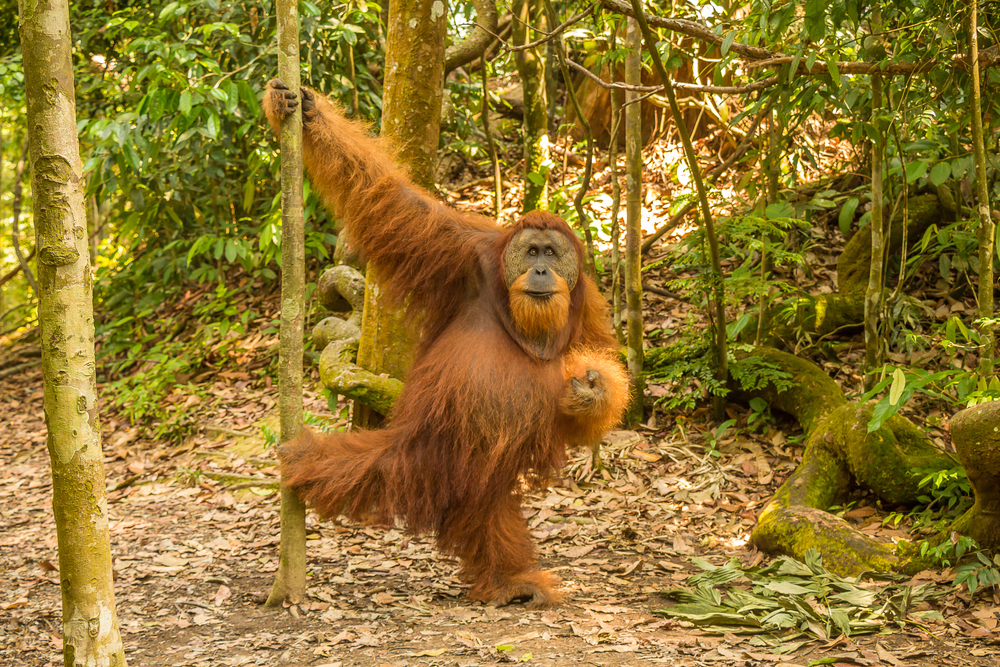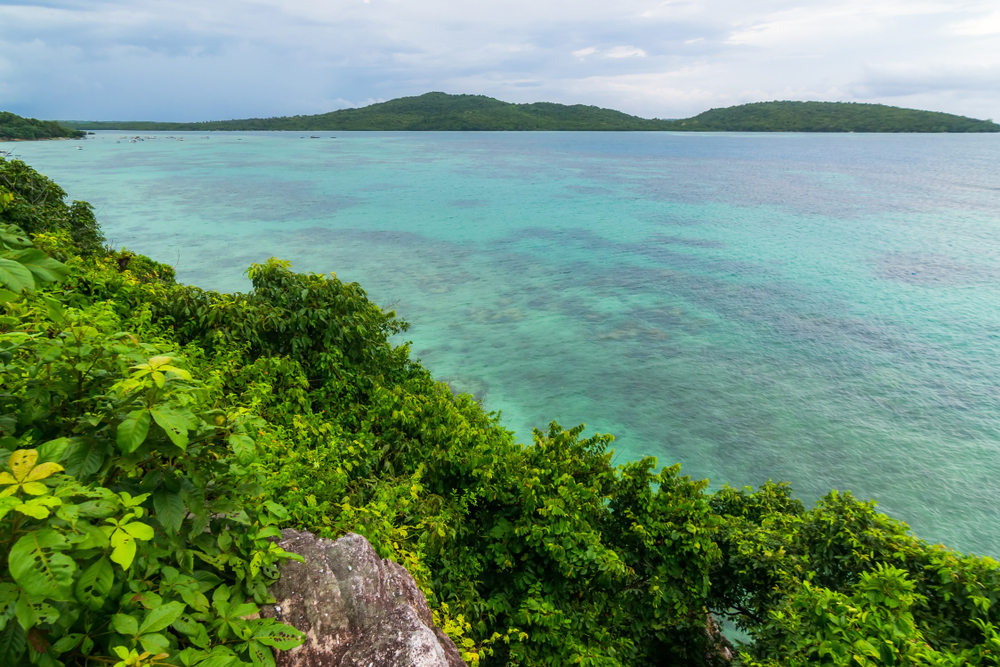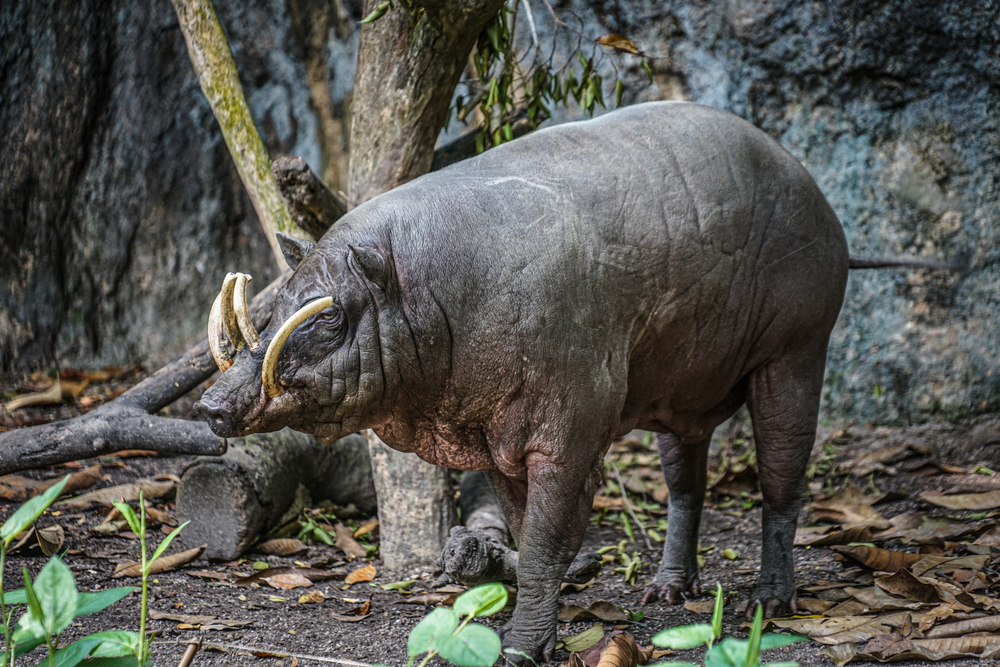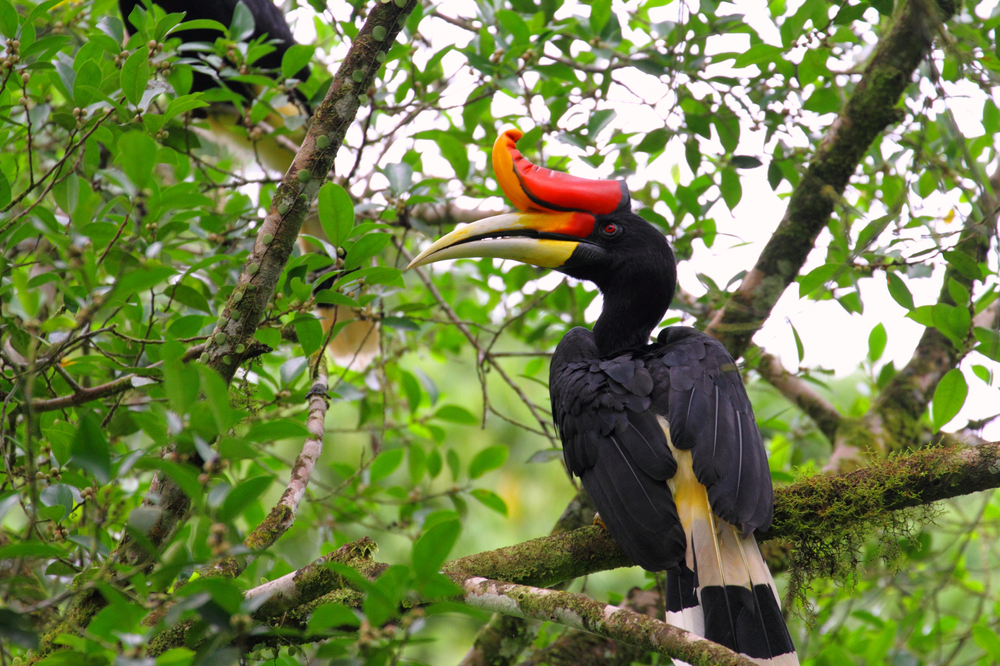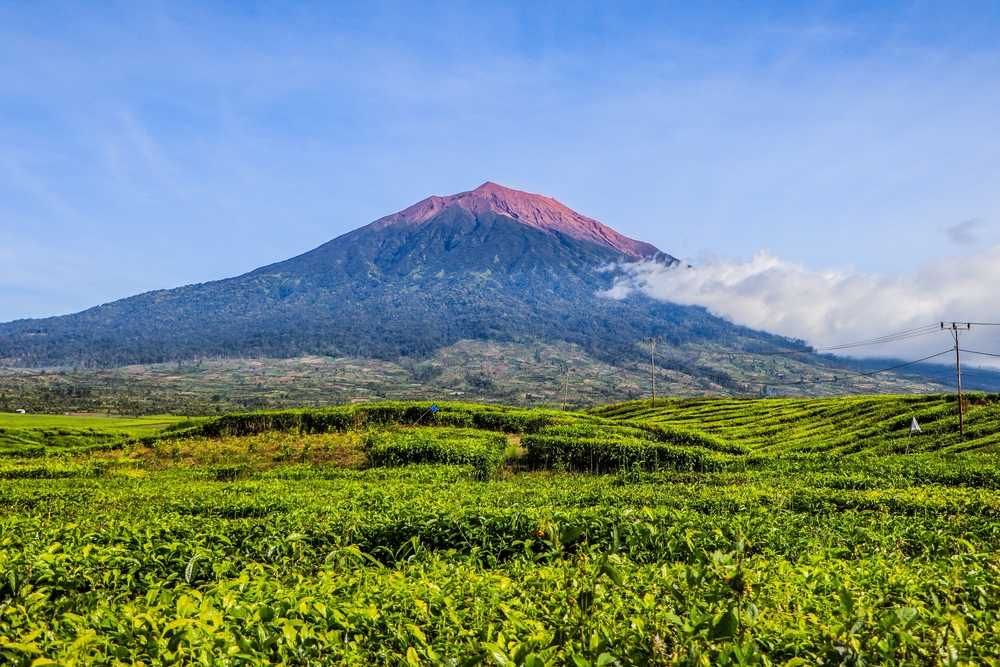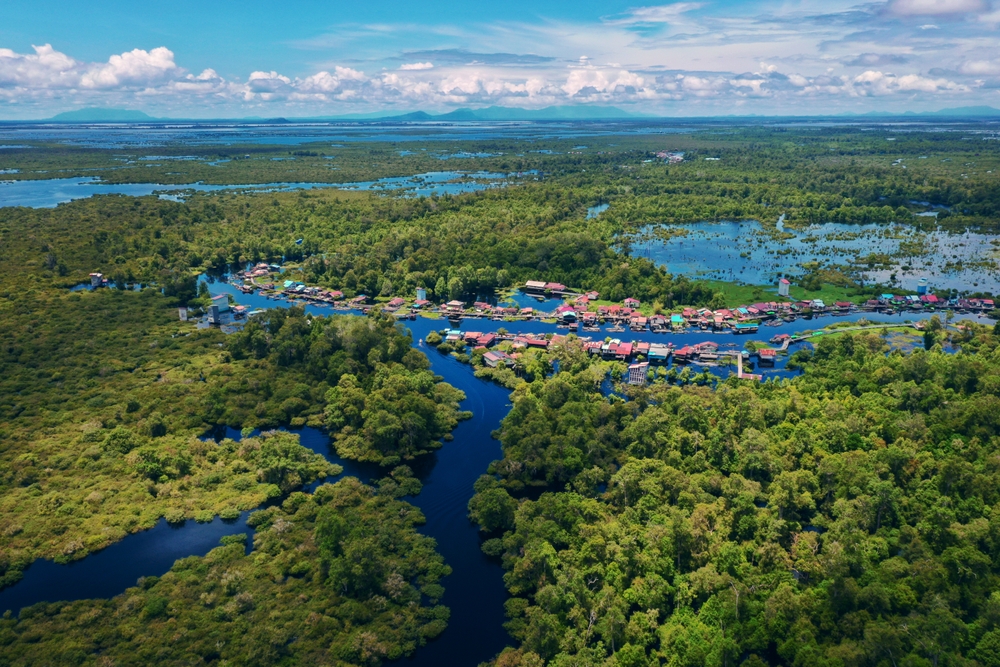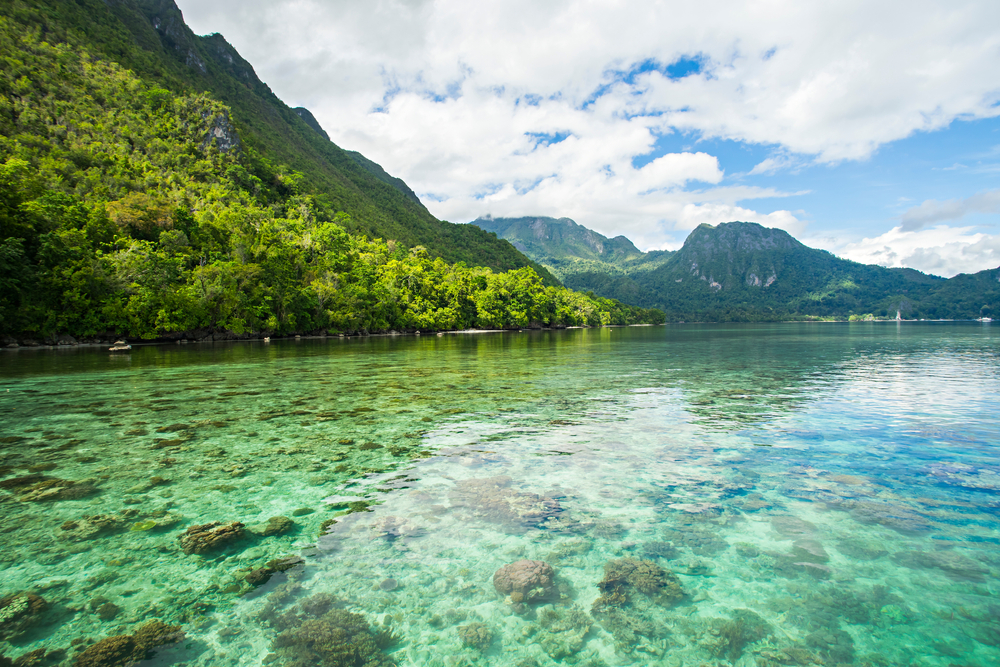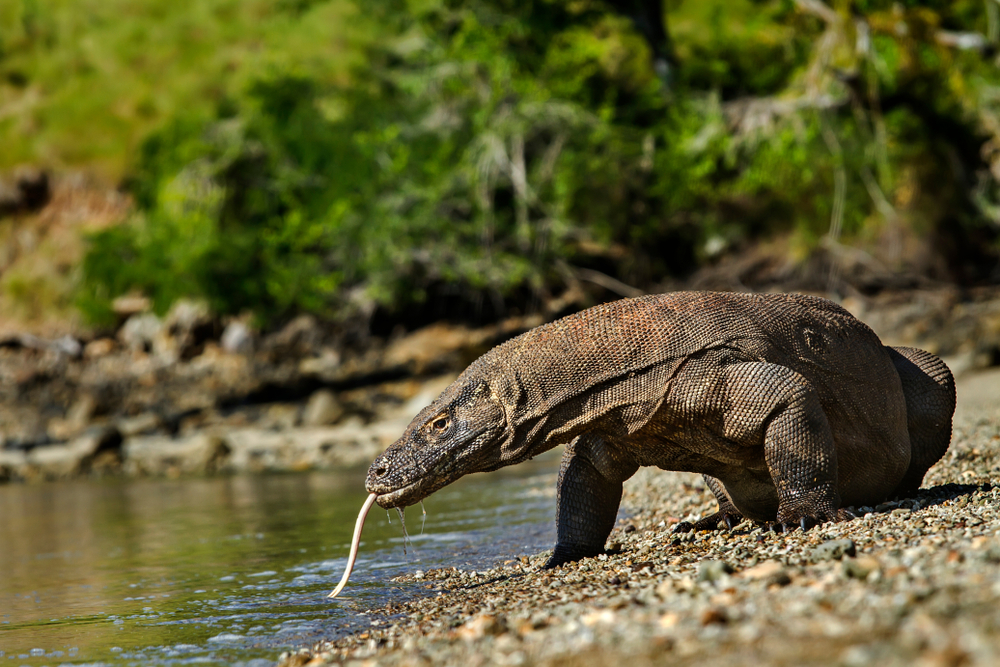Gunung Leuser Overview
Gunung Leuser National Park, locally known as Taman Nasional Gunung Leuser, spans an impressive 3,080 square miles (8,000 square kilometers) in northern Sumatra, Indonesia. This vast park is part of the UNESCO-listed Tropical Rainforest Heritage of Sumatra, a critical area for biodiversity and one of the last refuges of some of the world’s most endangered species.
Straddling the Aceh and North Sumatra provinces, the park’s landscapes are as diverse as they are dramatic, encompassing rugged mountains, dense rainforests, meandering rivers, and peat swamps. The towering Mount Leuser, reaching a height of 11,092 feet (3,381 meters), is the park’s namesake and a key geographical feature.
The park’s terrain transitions from lowland rainforests filled with dense undergrowth and mangroves to steep montane forests cloaked in mist. The vegetation is equally varied, with towering dipterocarp trees, orchids, ferns, and mosses contributing to the rich plant life. Gunung Leuser’s rivers and waterfalls, like the Berkail River and Gurah Waterfall, further enhance its lush, pristine environment, offering spectacular sights and tranquil soundscapes.
Gunung Leuser National Park is a haven for wildlife enthusiasts, as it is home to a remarkable array of species. It is one of the few places on Earth where the critically endangered Sumatran orangutan can still be found in the wild. Other notable mammals include the elusive Sumatran tiger, Sumatran rhinoceros, Malayan sun bear, and agile gibbon.
Birdwatchers can spot over 380 bird species, including the rhinoceros hornbill, storm’s stork, and the Sumatran ground cuckoo. The park also supports a variety of reptiles, amphibians, and insect species, reflecting the extraordinary biodiversity of the Sumatran rainforest.
Visitors are drawn to the park’s unique features and opportunities for immersive experiences. Bukit Lawang, a gateway to the park, is particularly famous for its orangutan rehabilitation center, where visitors can observe these great apes in a semi-wild environment.
Jungle trekking, ranging from short day hikes to multi-day expeditions, is a popular way to explore the dense rainforests and spot wildlife. River rafting along the Alas River offers both adventure and a chance to witness the stunning landscapes from a different perspective.
Conservation efforts in Gunung Leuser National Park have faced significant challenges, including illegal logging, deforestation for palm oil plantations, and poaching. However, collaborative efforts between the Indonesian government, local communities, and international organizations have led to some conservation successes. Initiatives such as reforestation projects, wildlife protection patrols, and ecotourism programs have helped to mitigate these threats. The park remains a symbol of the fight to preserve the world’s rainforests and their invaluable biodiversity.








































































